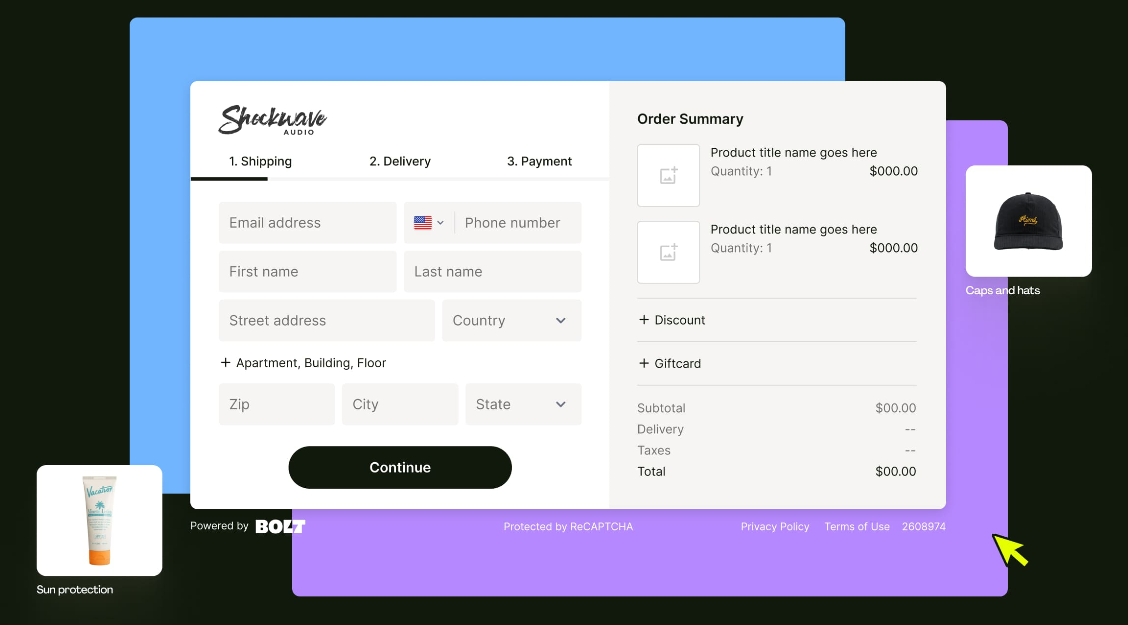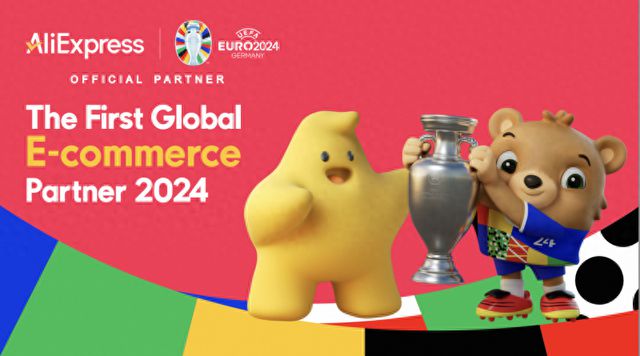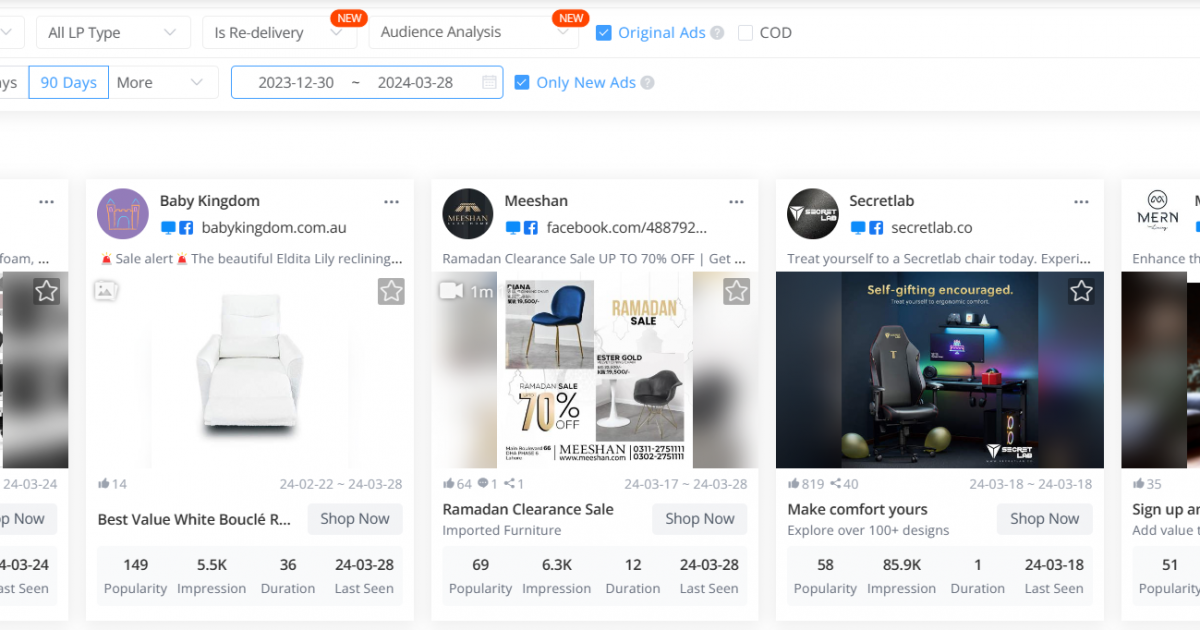Ghost commerce is a digital retail model where individuals or entities promote and sell products without holding any physical inventory or managing a traditional online storefront. Instead, they leverage their online presence—through content marketing, social media, or influencer partnerships—to guide their audience towards purchasing from third-party retailers or e-commerce platforms. This model not only minimizes overhead costs but also offers flexibility and the potential for passive income. However, it also comes with challenges such as dependence on third parties and the necessity of maintaining trust and credibility with an online audience. In this article, we will explore the concept of ghost commerce, its significance in the modern business landscape, and how entrepreneurs can navigate its potential benefits and challenges to succeed.

What is Ghost Commerce?
Ghost commerce represents a modern digital retail model where individuals or businesses engage in promoting and selling products without the need for physical inventory or a traditional brick-and-mortar storefront. Instead of stocking products themselves, promoters direct potential buyers to purchase from third-party retailers or e-commerce platforms. This approach leverages digital channels like content marketing, social media, and influencer partnerships to drive sales.
Key Characteristics:
● No Inventory: In ghost commerce, promoters do not handle or store any physical inventory. Their role is solely to facilitate transactions by guiding consumers to the appropriate product listings on external platforms.
● Affiliate Relationships: Central to ghost commerce is the concept of affiliate marketing. Promoters earn commissions from retailers for every sale made through their referral links or promotional efforts. This commission-based model allows for revenue generation without the complexities of inventory management.
● Online Presence: Success in ghost commerce hinges on establishing a robust digital presence. This includes maintaining active and engaging profiles on social media platforms, running a content-rich blog, or leveraging influencer status to reach a broad audience.
● Trust and Credibility: Without a physical storefront, trust and credibility are paramount. Promoters must cultivate a trustworthy relationship with their audience to ensure continued engagement and repeat business. This involves endorsing reliable products and maintaining transparency in marketing practices.
● Focus on Marketing: The primary function of ghost commerce is effective marketing. Promoters invest heavily in digital marketing strategies such as search engine optimization (SEO), content creation, email marketing campaigns, and influencer collaborations. By focusing on these tactics, they drive traffic and sales to partner retailers' websites.
Ghost commerce exemplifies a shift towards a more agile and cost-effective approach to retail, leveraging digital tools and platforms to capitalize on consumer trends and preferences without the burden of traditional retail logistics.
Benefits of Ghost Commerce
Ghost commerce offers several compelling advantages for entrepreneurs looking to enter the digital retail space:
1. Low Overhead Costs:
One of the primary benefits of ghost commerce is its ability to operate with significantly lower overhead costs compared to traditional retail models. Since promoters do not hold physical inventory or manage storage facilities, they avoid expenses related to warehousing, inventory management, and logistics. This reduction in operational costs allows for higher profit margins on each sale and lowers the barrier to entry for aspiring entrepreneurs.
2. Flexibility in Product Selection:
Ghost commerce provides unparalleled flexibility when it comes to product selection. Promoters can easily pivot and adapt their offerings to align with emerging trends or shifts in consumer demand. Without the constraints of stocking physical inventory, they can swiftly introduce new products or explore different niches without incurring substantial financial risks. This agility enables entrepreneurs to capitalize on market opportunities quickly and stay ahead of competitors.
3. Passive Income Potential:
One of the most attractive features of ghost commerce is its potential for generating passive income. Through strategic content marketing, affiliate partnerships, and effective SEO practices, promoters can create a sustainable revenue stream that continues to earn commissions over time. Once set up, these income streams can operate autonomously, allowing promoters to earn money even when they are not actively promoting products or managing day-to-day operations.
Challenges of Ghost Commerce
While ghost commerce offers benefits, it also presents challenges that entrepreneurs must navigate effectively:
1. Dependence on Third Parties:
Ghost commerce relies heavily on third-party retailers or e-commerce platforms for stock, fulfillment, and customer service. Limited control over these aspects can lead to issues like delayed shipments or poor customer support, affecting the promoter's reputation.
2. Reputation Management:
Maintaining a positive reputation is critical. Promoters endorse products they don't physically handle, risking credibility if products are low-quality or fail to meet expectations. Negative feedback can undermine trust and brand loyalty.
3. Competitive Marketplace:
The digital market is highly competitive. Standing out requires strong marketing, unique value propositions, and consistent engagement. Without these, ghost commerce businesses may struggle to attract and retain customers amid intense competition.
In conclusion, while ghost commerce offers cost-efficiency and flexibility, addressing challenges like third-party dependence, reputation management, and competition is crucial for sustained success. Strategic planning and proactive management can help entrepreneurs navigate these obstacles in the evolving landscape of digital retail.
How to Succeed in Ghost Commerce
To thrive in ghost commerce, leveraging digital tools and strategies is essential. Here are key practices to achieve success:

1. Cultivating a Robust Online Persona:
● Building a Strong Online Presence: Establish a compelling website and active profiles on social media platforms like Instagram, Facebook, and YouTube. These platforms serve as hubs to engage with and expand your audience.
● Enhancing Digital Persona and Credibility: Consistently create valuable content that resonates with your target audience. Demonstrate expertise in your niche through informative blogs, engaging videos, or impactful social media posts.
2. Building Trust and Influence:
● Importance of Audience Trust: Maintain transparency and integrity in your promotions. Uphold trust by endorsing only high-quality products that align with your audience's interests and expectations.
● Strategies to Maintain Trust: Respond promptly to inquiries, address customer concerns professionally, and showcase genuine testimonials to reinforce credibility.
3. Harnessing SEO and Content Marketing:
● Creating Content that Drives Traffic: Optimize your content for search engines to increase visibility. Produce informative articles, product reviews, or tutorials that lead potential buyers to your affiliate links or partner websites.
4. Leveraging Emails and Partnerships:
● Email Engagement: Build and nurture a loyal customer base through email marketing campaigns. Provide valuable insights, exclusive offers, and updates to encourage repeat purchases and brand loyalty.
● Collaborative Ventures: Forge strategic partnerships with influencers and brands in your niche. Collaborations can amplify your reach, enhance credibility, and attract new followers or customers.
5. Data Analytics:
● Understanding Audience Preferences: Utilize data analytics tools to gather insights into consumer behavior, preferences, and purchasing patterns. Tailor your marketing strategies based on this information to optimize conversion rates and customer engagement.
In conclusion, success in ghost commerce hinges on creating a strong online presence, building trust with your audience, optimizing content for search engines, leveraging email marketing and partnerships, and harnessing data-driven insights. By implementing these strategies effectively, entrepreneurs can maximize their potential in the dynamic realm of digital retail.
Steps to Set Up a Ghost Commerce Business
Setting up a successful ghost commerce business involves strategic planning and execution. Here are the essential steps to get started:
1. Choose a Niche and Audience:
Select a specific niche or industry based on your interests, expertise, and market demand. Understand your target audience's preferences, demographics, and purchasing behavior to tailor your marketing efforts effectively.
To streamline and enhance this process, consider using FindNiche, a powerful tool designed for ghost commerce sellers. FindNiche helps you monitor niche market trends, analyze competitor store performance, and access valuable data on AliExpress and dropshipping products. By using FindNiche, you can not only simplify the process but also increase efficiency and leverage big data to make more accurate product selections. This enables you to discover profitable niches and high-demand products, giving you a competitive edge in the ghost commerce landscape.

2. Online Store Setup:
Utilize e-commerce platforms like Shopify, WooCommerce, or Wix to establish a professional and user-friendly website. Customize your store's design, layout, and navigation to enhance the shopping experience for customers.
3. Supplier Selection:
For a ghost commerce model, choose suppliers who offer dropshipping services or affiliate partnerships. Ensure they provide quality products, reliable shipping, and competitive pricing. Establish clear agreements regarding product availability, fulfillment processes, and customer service standards.
4. Product Listing and Promotion:
Add products from your chosen suppliers to your online store. Optimize product listings with compelling descriptions, high-quality images, and competitive pricing. Promote your products through various marketing channels such as social media, content marketing, email newsletters, and influencer collaborations to drive traffic and sales.
5. Customer Orders and Fulfillment:
Manage customer orders efficiently by coordinating with your suppliers. When a customer makes a purchase on your website, forward the order details to the supplier for fulfillment. Monitor order status, shipment tracking, and ensure timely delivery to maintain customer satisfaction.
6. Customer Support:
Provide exceptional customer support to address inquiries, resolve issues, and manage returns or refunds promptly. Maintain open communication with customers through multiple channels such as email, live chat, or a dedicated customer service portal. Build trust and loyalty by prioritizing customer satisfaction throughout their shopping experience.
FAQs
1. Can anyone start using ghost commerce?
Yes, ghost commerce is accessible to anyone with access to an online platform and the ability to partner with suppliers or manufacturers for their products. Whether you're an individual entrepreneur or a digital influencer, you can leverage ghost commerce to promote and sell products without the need for physical inventory. However, it's essential to weigh the advantages and challenges of this business model before diving in.
2. Is ghost commerce dropshipping?
While similar, ghost commerce and dropshipping have distinct characteristics. Ghost commerce involves promoting and selling products online without handling physical inventory directly. It often involves collaborations with multiple suppliers or manufacturers to fulfill orders and maintain stock availability. Dropshipping, on the other hand, typically relies on a single supplier to handle inventory and order fulfillment directly to customers.
3. Is ghost commerce the same as affiliate marketing?
No, ghost commerce differs from affiliate marketing despite both involving online product promotion and sales. In ghost commerce, businesses or individuals sell products directly to customers, either under their own brand or through partnerships with manufacturers. Revenue is generated from direct product sales rather than affiliate commissions earned from referral links. Affiliate marketing, in contrast, focuses solely on earning commissions through referrals without managing product inventory or customer transactions.
4. How do I choose a niche for my ghost commerce business?
Choosing the right niche is critical for success in ghost commerce. Begin by researching market trends, analyzing competition, and understanding your target audience's preferences and demographics. Select a niche that aligns with your passions, expertise, and offers a viable market opportunity. Consider factors such as profit potential, audience size, and long-term sustainability to ensure your chosen niche can support your business goals effectively.
Dominate Your Market Now!
460,000+ sellers are using FindNiche as a secret weapon to win! But they'll never tell you.
UNLOCK PRO PLAN FOR $1!





